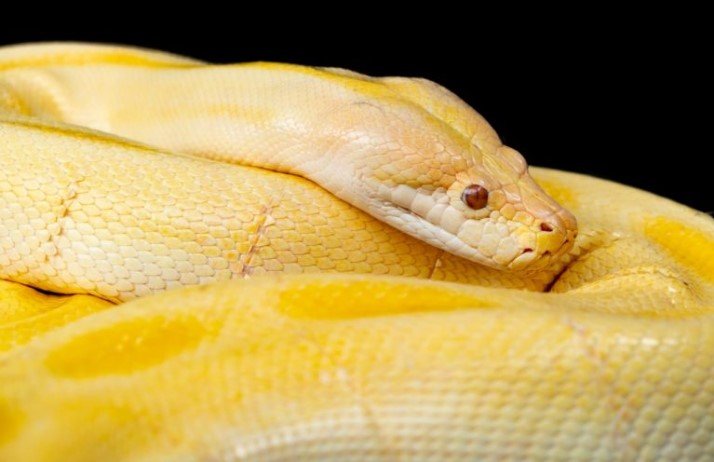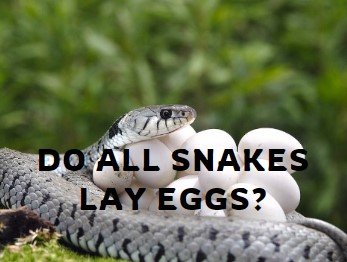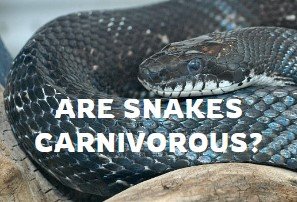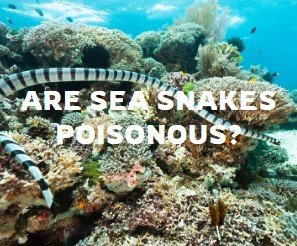Decoding the Realm of Serpents: An In-Depth Exploration of Snakes
Introduction:
Snakes, members of the suborder Serpentes, represent a diverse and intriguing group of reptiles that have captured human fascination for centuries. This in-depth exploration aims to unravel the intricacies of what defines snakes, covering their classification, anatomy, behavior, ecological roles, and the captivating adaptations that make them both mysterious and vital components of diverse ecosystems.

1. Taxonomic Classification:
Snakes belong to the order Squamata, which encompasses lizards, snakes, and amphisbaenians. Within Squamata, they constitute the suborder Serpentes. This taxonomic classification places snakes in the broader context of reptilian diversity.
2. Kingdom and Phylum:
As members of the animal kingdom (Animalia), snakes belong to the phylum Chordata. Within Chordata, they are classified under the subphylum Vertebrata, highlighting their possession of a vertebral column or spine.
3. Class:
Reptilia:
Snakes are part of the class Reptilia, a group of cold-blooded vertebrates that also includes turtles, crocodiles, and lizards. Reptiles are characterized by scales, lungs for breathing, and the ability to lay shelled eggs on land.
4. Distinctive Anatomy:
The anatomy of snakes is marked by several distinctive features. Limbless and elongated, snakes have a flexible body structure covered in scales. They lack eyelids and external ears, and their jaw structure allows for unhinging, enabling them to swallow prey larger than their head.
5. Ecological Diversity:
Snakes exhibit a remarkable ecological diversity, adapting to various environments worldwide. They inhabit terrestrial, arboreal, and aquatic ecosystems, showcasing an adaptability that has contributed to their success as a group.
6. Predatory Behavior:
Predatory behavior is a hallmark of snakes, and their diet primarily consists of other animals. Various species employ different hunting techniques, including constricting their prey, injecting venom, or ambushing with lightning-quick strikes.
7. Venomous and Non-venomous Species:
Snakes are categorized into venomous and non-venomous species. Venomous snakes possess specialized glands for producing toxins, which they use for subduing prey. Non-venomous snakes rely on constriction, swallowing their prey whole after immobilizing it.
8. Reproduction and Life Cycle:
Snake reproduction is diverse, with oviparous species laying eggs and viviparous species giving birth to live young. Courtship rituals, mating behaviors, and, in some cases, maternal care contribute to the intricacies of the snake life cycle.
9. Sensory Adaptations:
Snakes have evolved unique sensory adaptations crucial for survival. The ability to detect infrared radiation, provided by specialized pit organs, enhances their hunting capabilities. Jacobson’s organ, or the vomeronasal organ, aids in scent detection.
10. Conservation Significance:
Despite their ecological importance, snakes face conservation challenges. Habitat loss, persecution due to fear and misunderstanding, and the illegal pet trade are threats that necessitate conservation efforts to ensure the survival of diverse snake species.
Conclusion:
In conclusion, snakes, as members of the suborder Serpentes, offer a fascinating glimpse into the intricacies of reptilian life. From their taxonomic classification to their unique adaptations and ecological roles, snakes embody both mystery and ecological significance in the vast tapestry of the natural world.
Learn more about different Types of Serpents in World.





Leave a Reply